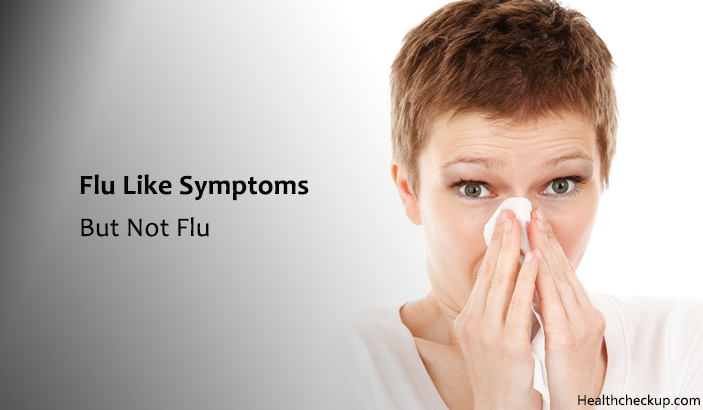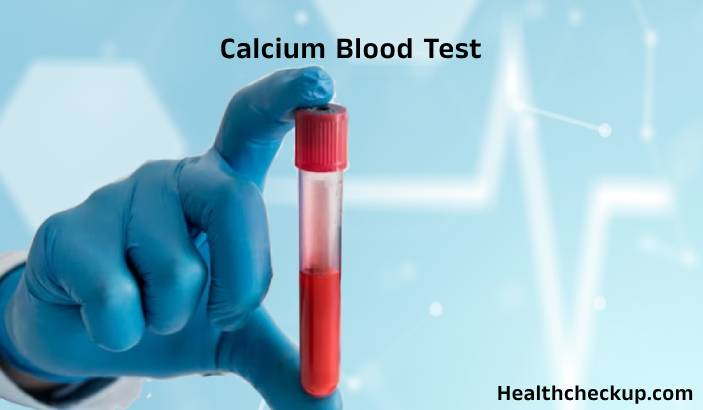Acute respiratory tract infection is one of the most common illness every person experiences. Flu and flu-like illnesses are the most commonly seen cases at an out-patient department. It is quite difficult to differentiate between flu and flu-like illness.
Flu or Influenza:
- Influenza, frequently known as “Flu” is an acute viral infection of the respiratory tract. It is caused by influenza viruses A and B which have an incubation period of about 1-3 days.
- Signs and symptoms include fever, malaise, body ache and cough.
- Flu can progress from mild signs and symptoms to severe fatal complications.
- Complications occur when bacteria affect along with influenza virus. Pneumonia is the most common complication. Extra pulmonary complications include myocarditis, pericarditis, and encephalitis.
- Flu is generally self-limiting in uncomplicated cases and the patient recovers within 5-7 days. Recovery may be followed by a “Post Viral Syndrome”.
Bird flu or Avian Influenza (H5N1) commonly affects the lower respiratory tract in individuals who have a history of exposure to poultry. The infection is also identified in migratory birds. Bird flu is highly contagious and certain strains are even resistant to standard anti-viral drugs.
Swine flu (H1N1) is a type of infection of the respiratory tract by Influenza A virus. Its outbreak began in 2009 in Mexico and rapidly spread all over the world. Swine flu can often be fatal. Plenty of deaths due to swine flu have been reported each year since its outbreak. These two strains of influenza virus have caused disease worldwide.
What Causes Flu-Like Symptoms But Not Flu?
Influenza-like Illness:
By now, we know that flu is caused by Influenza virus. So what is it that is responsible for symptoms which are flu-like but not flu? If it is not flu, what else could it be?
1. Respiratory Syncytial Virus:
- It is the most common virus responsible for minor forms of cold, runny nose and cough.
- It is contagious and spreads from person to person by droplets or touching infected objects like toys, doorknobs or tables.
- Other symptoms include wheezing, shortness of breath and cyanosis.
- It may also infect the lungs and bronchi in young children and in adults above the age of 65 years.
2. Human Metapneumovirus (HMPV):
- This virus was isolated in the year 2001. Therefore, it is relatively new.
- Infection with HMPV causes a mild and self-limiting type of flu-like disease. A severe form of the illness is seen in the elderly and immune-compromised patients.
- It affects children as well as adults.
- Common symptoms are nasal congestion, cough with purulent expectoration and difficulty in breathing.
- More severe symptoms include fever, pneumonia, and conjunctivitis and ear infection.
3. Adenovirus:
- This virus commonly affects inner lining of the mucous membranes of all organs causing a catarrhal type of inflammation.
- It affects children up to the age of 10 years but it can also affect adults.
- Adenovirus causes mild symptoms to pneumonia. Severe symptoms can be seen in immune-compromised persons.
4. Human Para Influenza Virus (HPIV):
- Parainfluenza virus is the most common cause of flu-like symptoms in children.
- HPIV-1 and 2 cause mild upper and lower respiratory symptoms like fever, runny nose, headache, sneezing and uneasiness.
- HPIV-3 is responsible for bronchitis and pneumonia; whereas HPIV-4 is lesser identified and causes mild to severe respiratory tract infection.
5. Human Corona Virus:
- Strains of coronavirus cause mild to moderate symptoms including a headache, runny nose, fever, sore throat, malaise and cough.
- Infection with coronavirus is usually self-limiting.
- MERS-Cov and SARS-Cov cause more severe respiratory symptoms like pneumonia, cough, and difficulty in breathing to renal failure.
6. Human Bocavirus (HboV):
- HboV1 is responsible for mild to severe forms of respiratory infection including the common cold and sore throat to wheezing, bronchitis and pneumonia.
- The virus has found to commonly affect children.
All the above mentioned list of viruses causes flu-like symptoms often without fever in milder forms. These flu like symptoms may occur without being exposed to cold.
Children, elderly patients having other co-morbidities and immuno-compromised persons are at a higher risk of getting infected. These categories of patients also project moderate to severe forms of respiratory illnesses.
All the viruses are spread through a common mode – droplet infection from coughing, sneezing of body fluids of an infected individual. Certain strains of viruses are resistant to disinfection and cleaning, therefore, they tend to stay on surfaces like tables, doorknobs, toys and the like.
Since viruses have multiple strains which keep on changing, it is difficult to provide immunity against each strain and high chances of re-infection remain.
Flu-like Illness in Pregnancy
Viruses causing flu like symptoms, but not flu cause moderate to severe symptoms in pregnant women. These viruses may also hamper the growth of the fetus. Pregnant women having flu or flu like symptoms should seek medical attention at the earliest. Some alarming symptoms during pregnancy are:
- High fever
- Continuous nausea and vomiting
- Severe dizziness
- Shortness of breath
- Reduced movement of the baby
What To Do If It Is Not Flu?
Generally, viruses responsible for flu-like symptoms show mild to moderate forms of respiratory illnesses which are self-limiting. They do not require hospitalization and some home remedies and supportive medicines help in recovery.
However, more severe symptoms like a cough with expectoration, shortness of breath, high-grade fever require hospitalization and a course of anti-viral drugs. High risk individuals require prompt medical attention and even milder symptoms must not be ignored.
Home Remedies for Flu-like Symptoms but not Flu:
- Warm Salt Water Gargling – This is an ages old remedy for any kind of respiratory tract infection. Micro-organisms are unable to survive in presence of hot water and salt helps in reducing swelling and inflammation.
- Steam Inhalation – Steam relaxes your airways, reduces swelling and loosens mucus from your airway.
- Aloe vera – Fresh aloe vera gel taken off the plant can be put in a steamer for inhalation. This is especially useful in people with lower respiratory tract infections having shortness of breath.
- Honey – This can be had mixed with some black pepper to relieve a sore throat. Honey creates a soothing layer in the throat which prevents throat irritation and cough.
- Lemon – This is a natural source of vitamin-C which is essential for healing and recovery from illnesses. Lemon with honey in a glass of warm water helps in draining your lymphatic system to get rid of toxins.
- Ginger – It a natural anti-inflammatory and anti-infective root. Ginger tea provides relief from upper and lowers respiratory tract symptoms.
- For people who are non-vegetarians, warm chicken soup provides fast relief from flu-like symptoms. For vegetarians, an Indian preparation called rassam is rich in herbs and spices and immediately reduces nasal congestion and sore throat.
- Garlic – Fights against infections naturally. Raw garlic cloves can be eaten either crushed and mixed with honey or eaten after keeping them soaked in water overnight.
- Teas – Ginger, chamomile and mint are refreshing and soothing.
- Apple Cider Vinegar – This one has plenty of benefits in all kinds of illnesses. 2-3 spoons of apple cider vinegar with warm water daily are worthwhile.
Our kitchen remains to be the best source of natural medicines in terms of herbs and spices to manage flu like symptoms but not flu. All these home remedies help in quicker recovery. If the flu-like symptoms do not reduce or increase in intensity, please seek medical attention along with these home remedies.
Dr. Himanshi is a Homoeopathic consultant and currently working as a lecturer in Post-graduate faculty of Homeopathy, Parul University, Vadodara. Completed BHMS and MD in Homeopathy in January 2018 and also has a clinical experience of about 6 years. Personal interests include reading, spending time with family and traveling.








